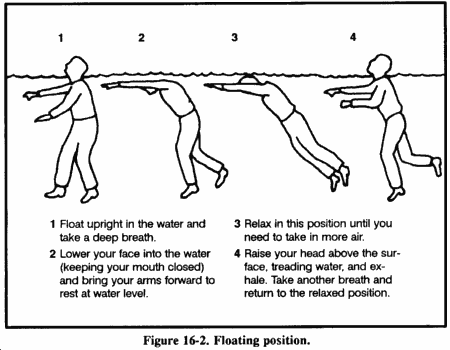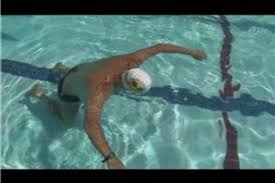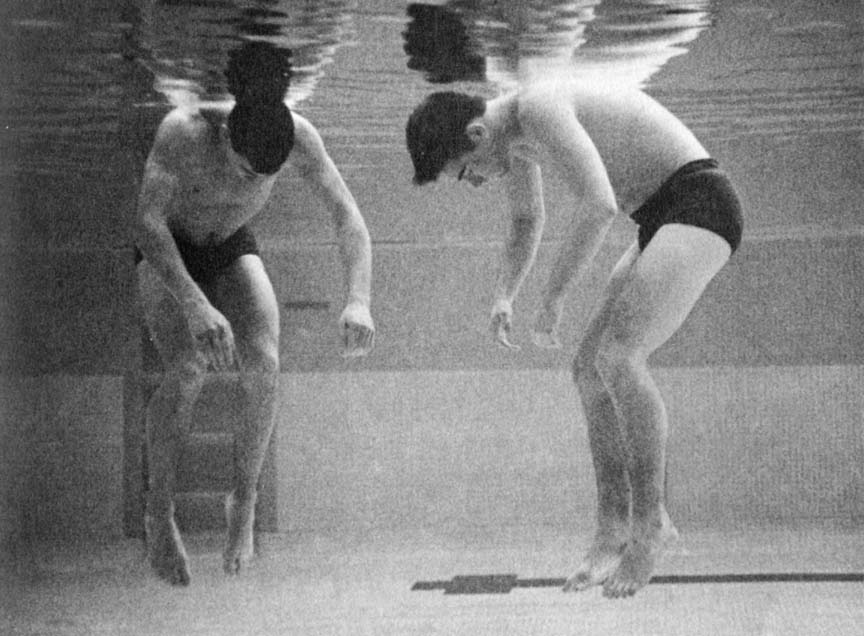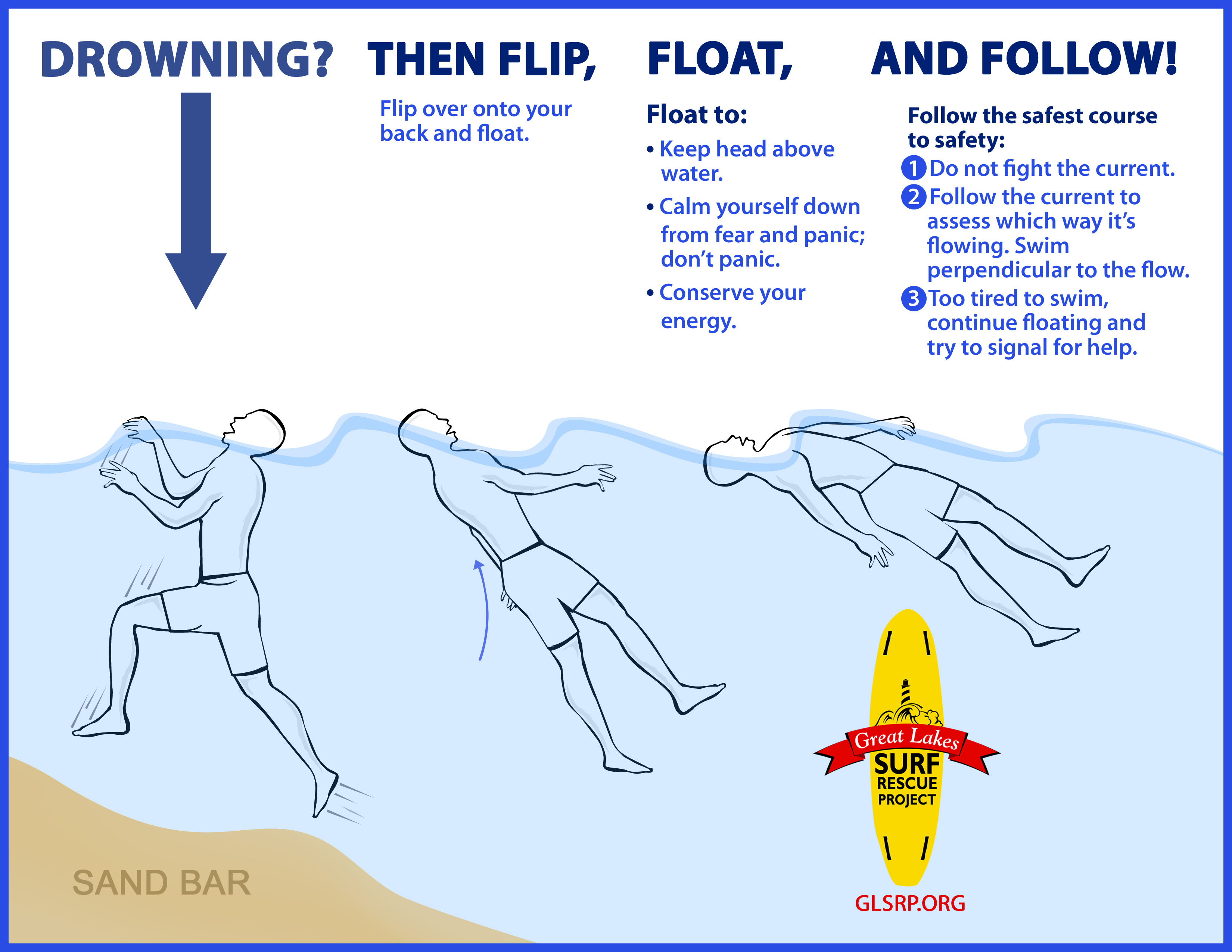How Can We Help?
Also known as the jellyfish or dead man's float, the survival float is one of the most important skills for swimmers to learn, since it can help you survive in the water. Survival floating can help you if you're stranded in open water, but it's also a valuable technique taught to children who may find themselves in a deep pool and don't have a lot of stamina or strong swimming skills.
Get into water that's at least waist-deep and take a deep breath and hold it
- Float in a horizontal position with your face down in the water. Only the back of your head should breach the surface. The air in your lungs will keep you floating.
- Relax. Let your arms and legs dangle. Your arms may float up to the surface. You may need to kick your legs a little after taking a breath to keep from sinking back down too far.
Raise your head when you need a breath of air. If you need to, bring your arms and legs slightly upward to the surface, then push them downward to help you elevate your head for a breath and return to a relaxed floating position.

|
|
 |
 |
Back Floating
Floating on your back takes the least energy. Lie on your back in the water, spread your arms and legs, and arch your back. By controlling your breathing in and out, your face will always be out of the water and you may even sleep in this position for short periods. Your head will be partially submerged, but your face will be above water. If you cannot float on your back or if the sea is too rough, float facedown in the water.
Kick gently or tread water to make progress toward land or a boat, if one is in sight.
Sources:
